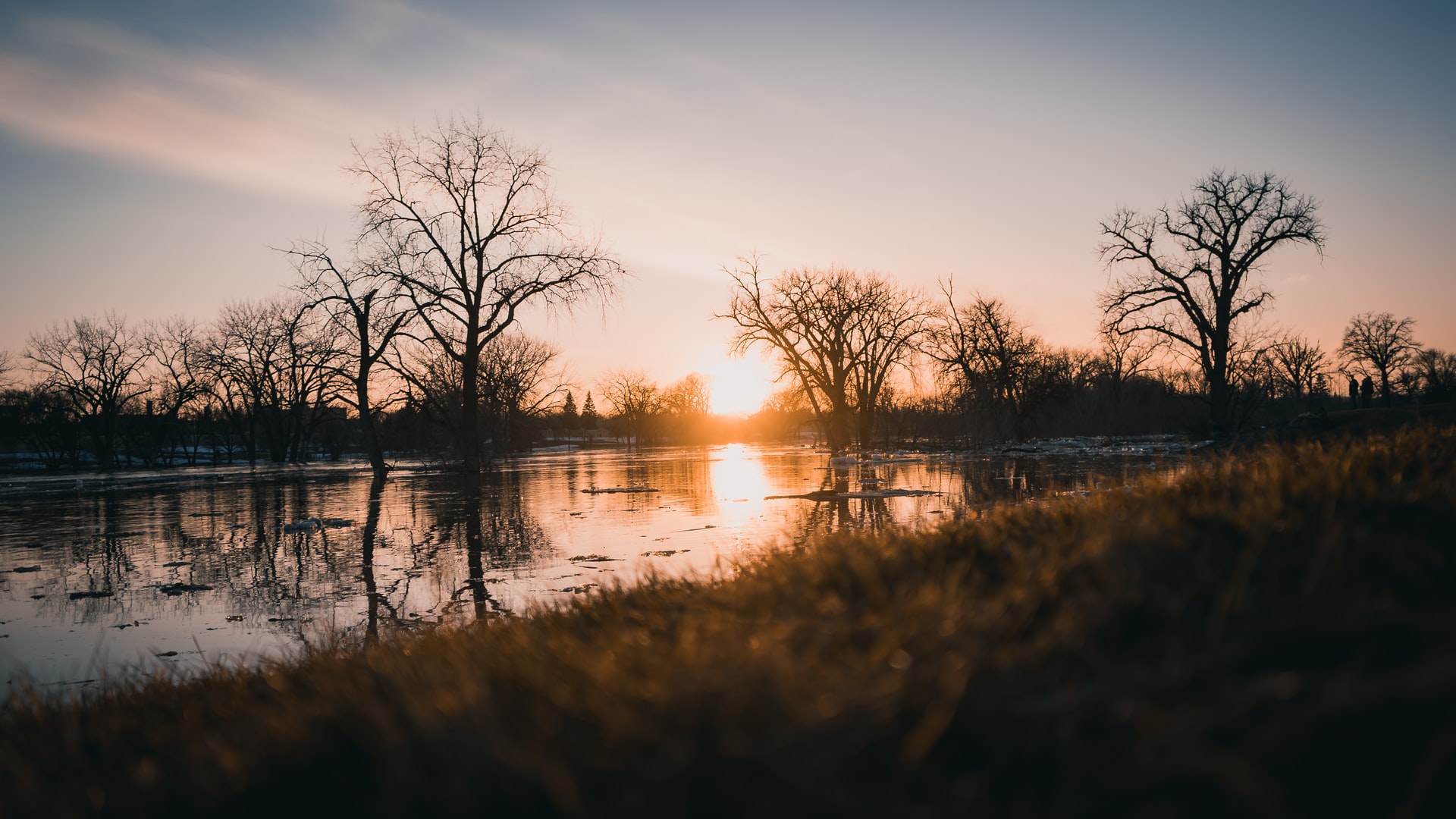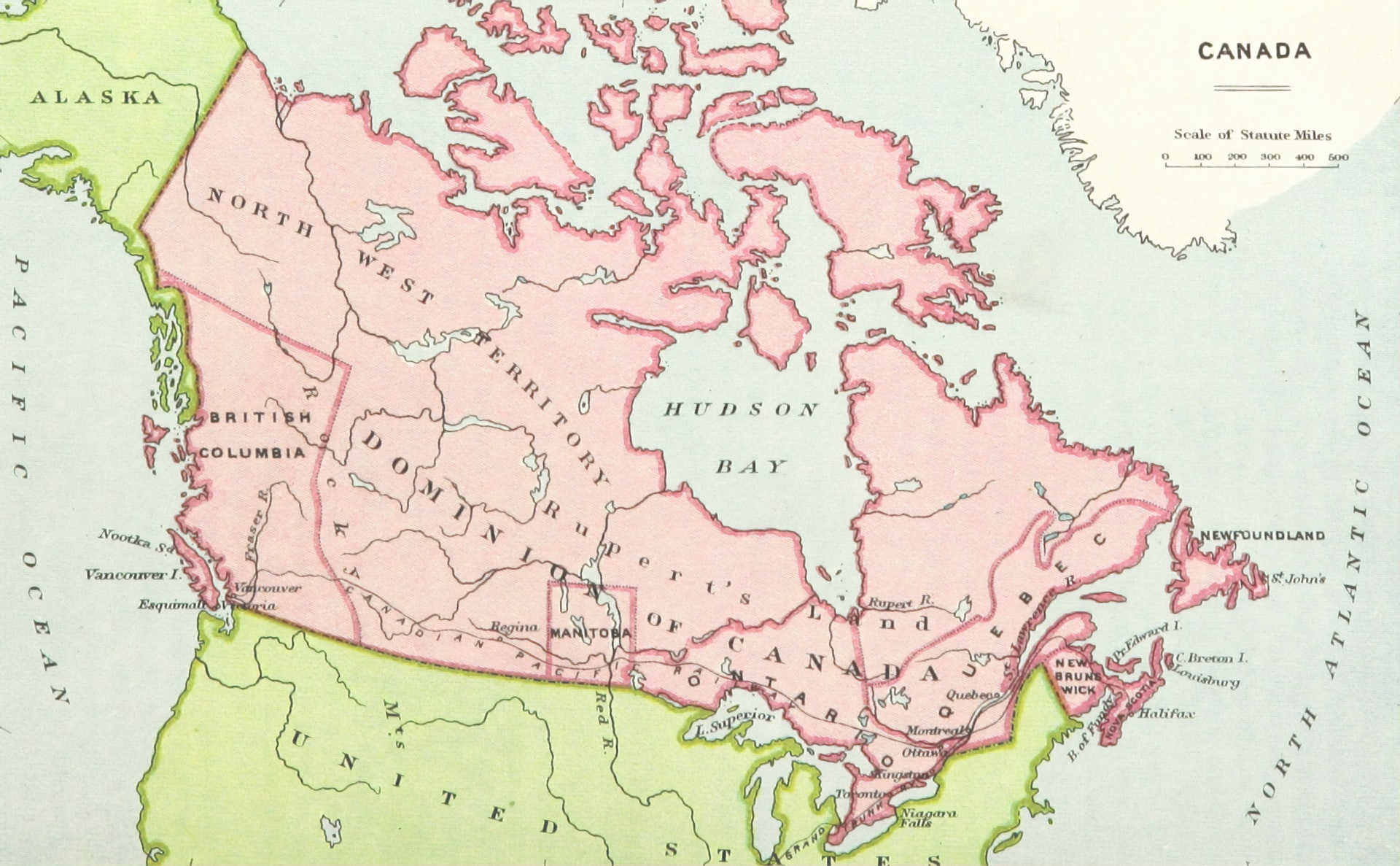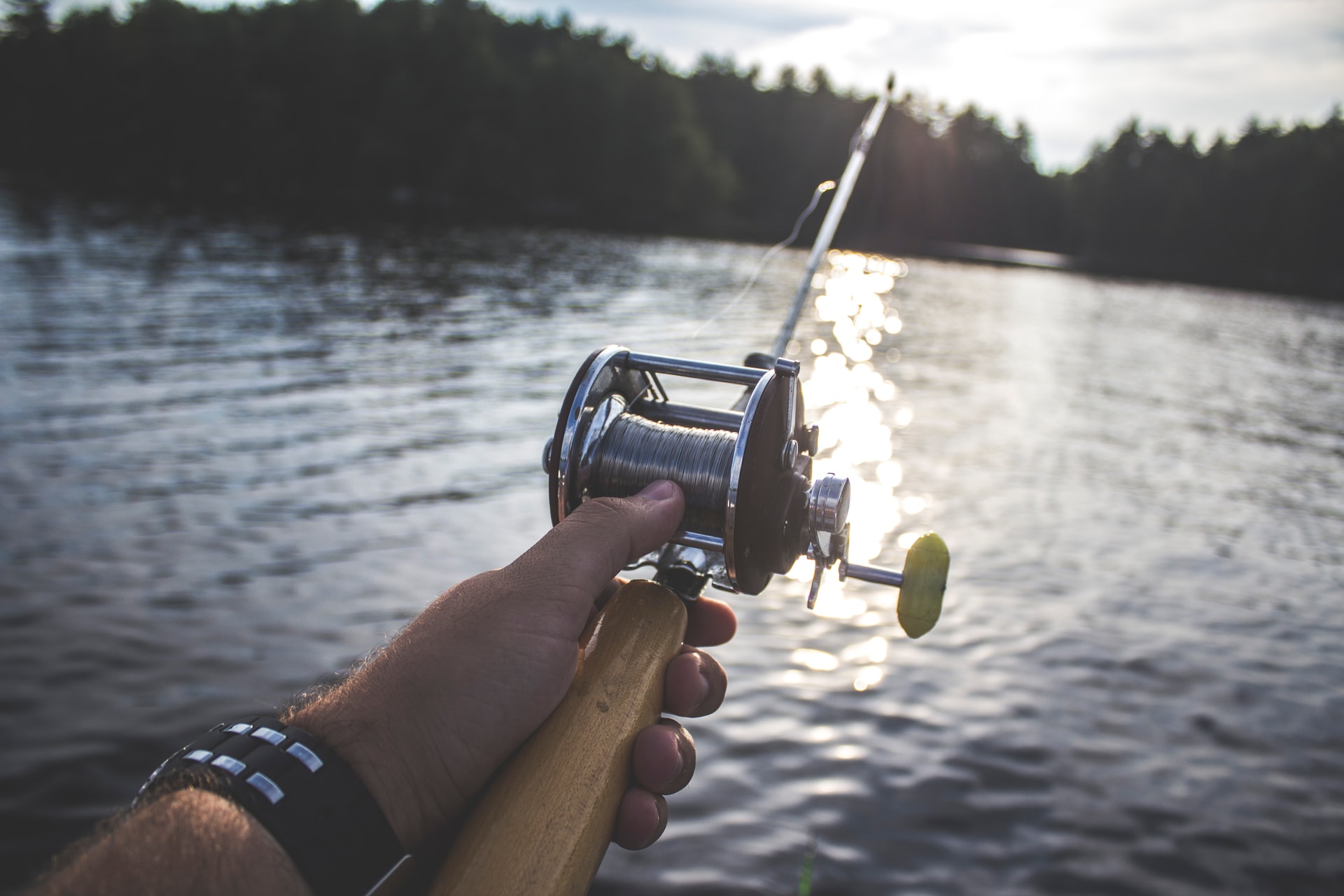A highway for trade and wonder of nature, the Red River is one of the most distinguishable landscape features of the northern Great Plains. Learn about the Red River’s history and explore its connection to the people of the region with Rydell Nissan of Grand Forks.
Red River Geography

To understand the Red River’s history, you should understand a bit about the river’s geography and the landscape that surrounds it.
The Red River begins at the intersection of the Bois de Sioux and the Otter Tail rivers between the U.S. states of Minnesota and North Dakota. Winding through the Red River Valley, the Red River flows north into Manitoba, Canada, where it ultimately empties into Lake Winnipeg. The waters of Lake Winnipeg, in turn, join the Nelson River, which flows into the Hudson Bay.
To distinguish it from the similarly named Red River that forms the border along the U.S. states of Arkansas, Oklahoma, and Texas, the Red River often carries the name Red River of the North.
Urban settlements occupy both sides of the Red River. These settlements include Winnipeg, Manitoba, Canada; Fargo and Grand Forks, North Dakota; and Moorhead, Minnesota.
River Depths and Wildlife Habitats
According to data from the Minnesota Department of Natural Resources, the Red River is about 550 miles long with average depths from 10 to 30 feet. Clay soils in the region give this river its distinguishable opaque appearance. During the winter months, you may be able to see at least a foot or more into the water, but visibility becomes considerably diminished during the summer.
Except for floods, the Red River moves at a leisurely pace through the northern Great Plains region’s picturesque landscapes. The river’s tree-covered banks are home to various wildlife species that depend on the habitats for food and shelter.
Landscapes of the Red River Valley
Located on the eastern edge of the Great Plains, the Red River Valley isn’t an actual geological valley. When the glacial Lake Agassiz drained thousands of years ago, the release of water created a geographic anomaly in the landscape that surrounds the Red River. The plant and wildlife species that inhabit the area surrounding the river don’t exist beyond a 10-mile radius of the river corridor.
The muddy banks of the Red River often reveal intriguing artifacts from history. You may sometimes see exposed bison bones in the mud and silt along the banks.
A Peek Into the Red River’s Past

Massive glaciers once covered the land that now comprises the Red River Valley. As these glaciers began to recede, nomadic tribes arrived in the region. These tribes followed herds of bison and caribou through Minnesota and Wisconsin’s forests into the Red River Basin’s open lands.
European Settlements
According to a narrative provided by the Minnesota Department of Natural Resources, European settlers first arrived to settle on the Red River’s banks during the early 1800s in the area of present-day Manitoba. French-Canadian explorers referred to the river as “Riviere Rouge du Nord,” or the Red River of the North. This name follows from the reference to the river’s clay soils, muddy banks, and silt-filled waters.
Trade Routes
During the early part of the 19th century, the Red River served as a significant trade route for the Hudson’s Bay Company, which supported the British settlements of North America in present-day Canada. The Hudson’s Bay Company used its early influence in the region to control the area’s commerce for close to two centuries.
The Red River was instrumental to the Hudson’s Bay Company’s transportation of beaver pelts and bison hides. Merchants used large boats and canoes to send these desirable commodities to Europe through the Hudson Bay. Eventually, entrepreneurial engineers devised the Red River’s oxcart trail. This trail connected the Red River’s trade route with that of the Mississippi River and routes serving other areas of the United States.
As trade in the region further expanded, so too did the demand for more transportation efficiencies. Anson Northup, a 100-horsepower sternwheel riverboat, connected the Red River’s oxcart trail system with the Hudson’s Bay Company’s steamboat docking landing near Georgetown, Minnesota. The extension of the railroad to Moorhead, Minnesota, in 1871 offered a less expensive, faster alternative to steamboats for transportation. By the turn of the 20th century, steamboat transportation slowly ceased activity on the Red River of the North.
The Red River Today

Today, the Red River is a popular spot for outdoor enthusiasts. Discover some of the activities that await you on and near the river.
Canoeing and Kayaking
Explore the Red River by canoe or kayak. Lindenwood Park in Fargo and the Hjemkomst Center’s parking lot in Moorhead are two places you can go to rent a canoe or kayak for your next adventure.
Fishing
Head to the Red River for some of the best fishing you can find in the northern Great Plains region. More than 70 species of fish call the Red River home. Examples of fish present in the Red River include pike, sturgeon, walleye, and catfish. You can find a list and map of public access spots for fishing on the Minnesota Department of Natural Resources website.
Biking and Hiking
Bike or hike along the banks of the Red River. You’ll find miles of trails ideally suited to strolling and off-road biking. Lindenwood Park and Gooseberry Mound Park in Moorhead make exceptional places to witness the Red River’s beauty in person.
Stay Tuned for More Local Tips for the Grand Forks Area
Throughout the centuries, the Red River has remained an integral part of the Grand Forks region’s landscape. More than merely a geographic feature, the Red River’s remarkable history is a source of pride for the people, past and present, who have called this area home. What did you think about our presentation on the history of the Red River? Do you have a favorite memory of the Red River that you’d like to share? Contact the friendly team of Rydell Nissan of Grand Forks with your thoughts about what the Red River means to you.


![[Facebook]](https://www.gfnissan.com/blogs/743/wp-content/plugins/bookmarkify/facebook.png)
![[LinkedIn]](https://www.gfnissan.com/blogs/743/wp-content/plugins/bookmarkify/linkedin.png)
![[Twitter]](https://www.gfnissan.com/blogs/743/wp-content/plugins/bookmarkify/twitter.png)
![[Yahoo!]](https://www.gfnissan.com/blogs/743/wp-content/plugins/bookmarkify/yahoo.png)
![[Email]](https://www.gfnissan.com/blogs/743/wp-content/plugins/bookmarkify/email.png)
